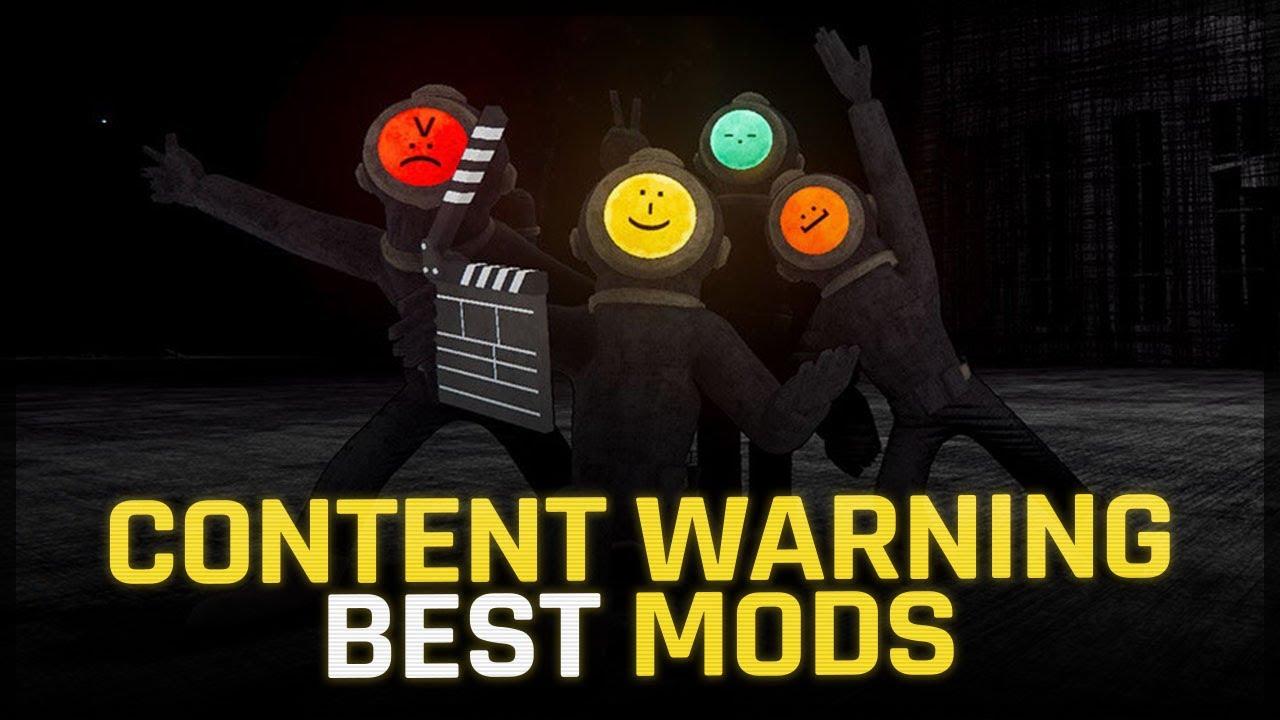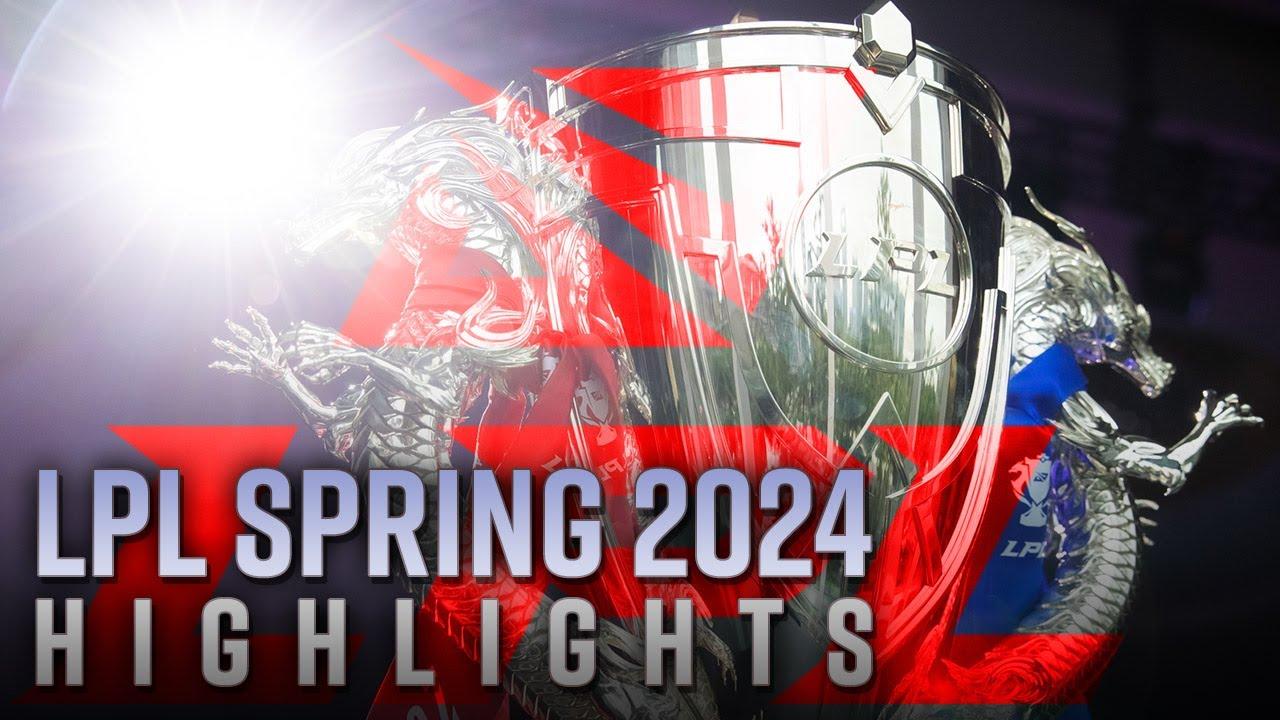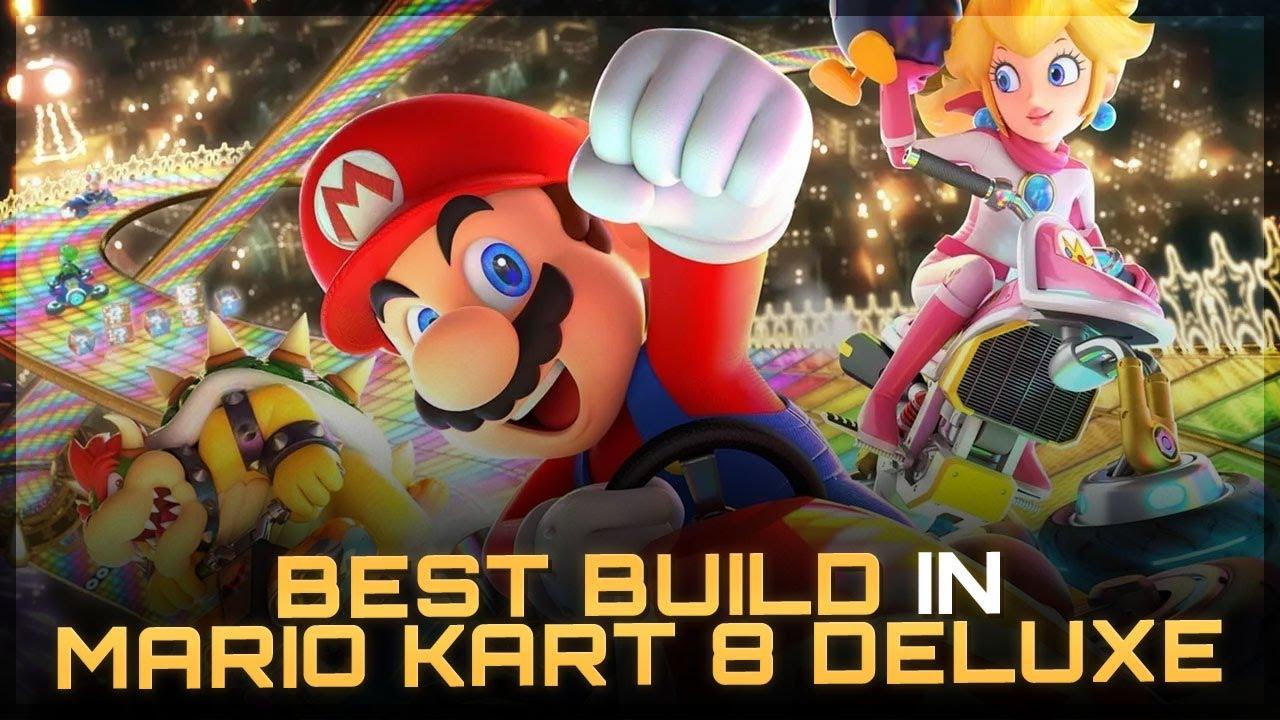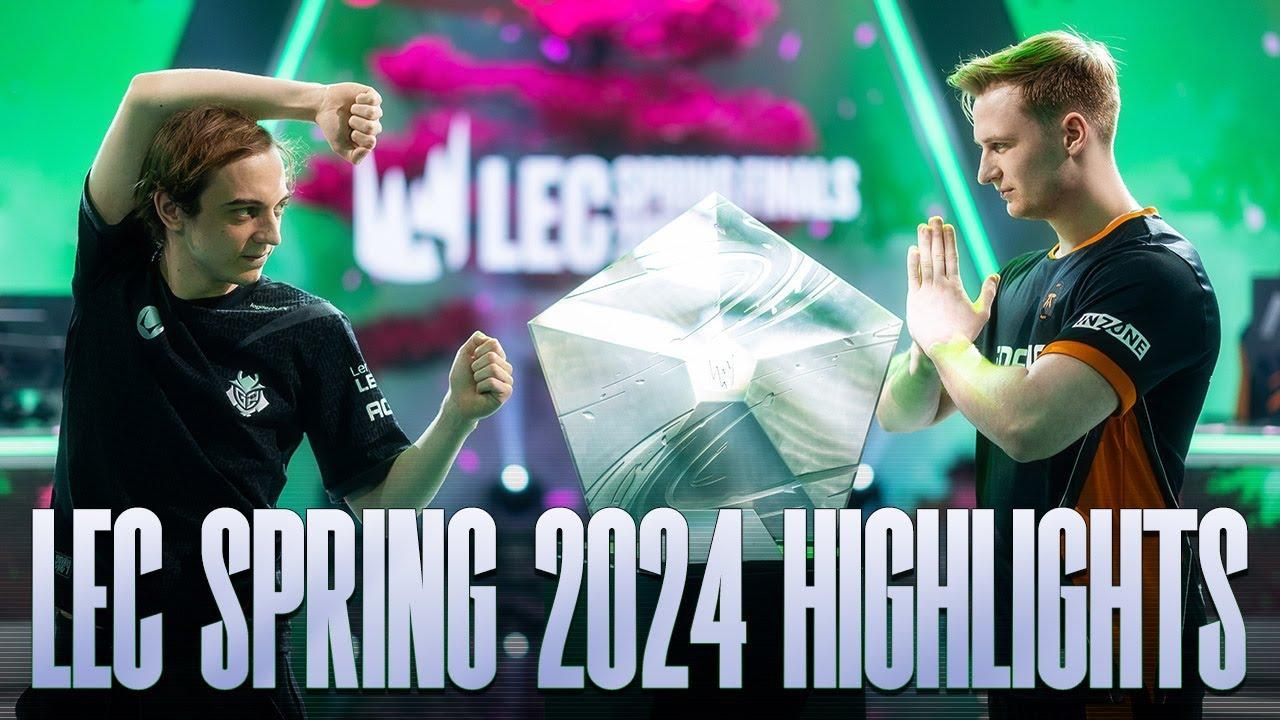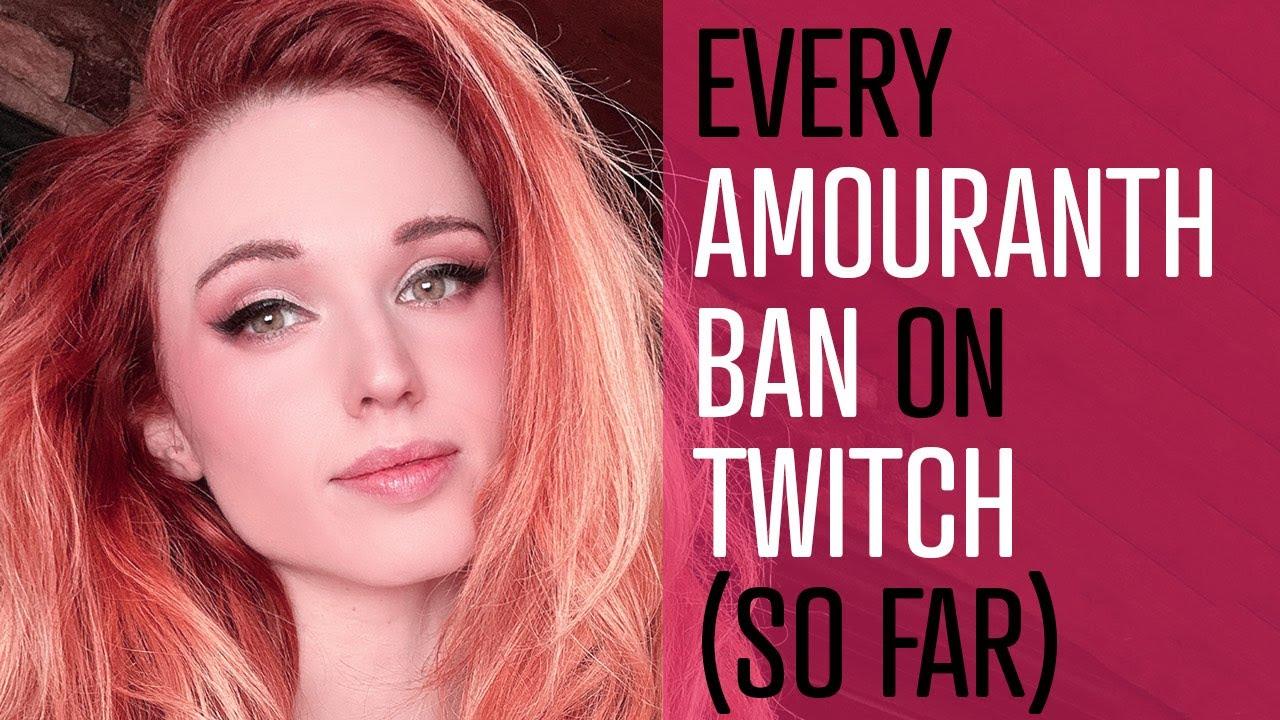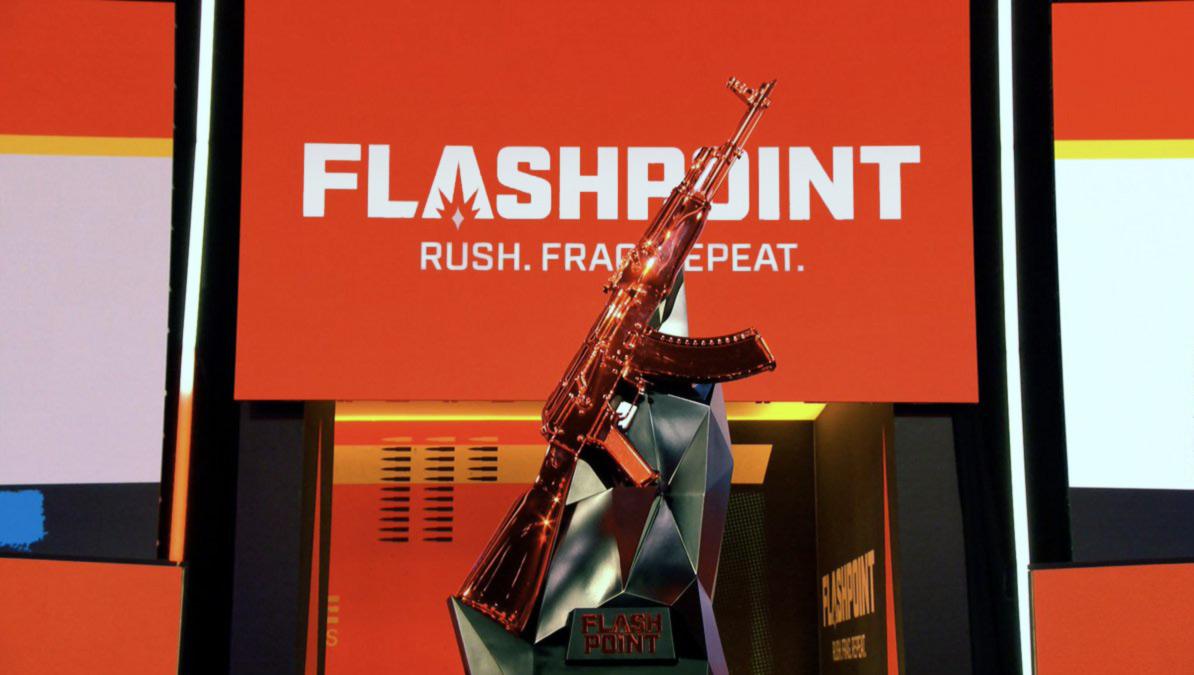
Thorin and Montecristo on the future of Flashpoint, Cloud9, FPX, more
With Flashpoint’s inaugural season wrapped up, WIN.gg sat down with the league’s creative director Duncan “Thorin” Shields as well as broadcaster and talent advisor Christopher “MonteCristo” Mykles to discuss what went right and what went wrong. The two covered the wild ride that was the league’s first season and the league’s future.
WIN.gg: Flashpoint 1 is in the books. How does it feel?
Thorin: Satisfying. The only problem with expectations for Flashpoint 1 is that, with the whole [situation], I don’t know if anyone actually knew if the whole thing would get finished or if somehow everything would be cancelled. You saw what happened with ESL Pro League, they had to split it in half.
There was all sorts of stuff behind the scenes that could’ve gone wrong, much worse than it actually did. As much as we were limited by that, I’m just amazed we actually managed to get the tournament done, and and I think that’s awesome. It was something like the second or third day of the tournament that the [shutdown] happened.
Montecristo: We knew it was going to be difficult, especially because a lot of what we wanted to do was based on player interaction. So I think it hit us particularly hard to not have the players in the studio. Considering the circumstances, I think we did a good job.
A shout out to our producer Sean Keegan who was able to make a lot of those later interviews happen by sending crews to the team houses, keeping six feet away from them, and filming outside (laughs). It was a pretty crazy situation but he managed to get content all the same, which I thought was impressive.
Thorin: If you think about it, it’s actually ironic that people think that [Flashpoint] was a complete success when in reality we did about a tenth of what we were going to, but that’s because the other [league broadcasts] suck and we were actually going to do all this extra content (both laughing).
Monte: It is actually hilarious that the standard in Counter-Strike is so insanely low that I think we were able to exceed the standard even though it was, like Thorin is saying, not anywhere close to as much as we wanted to do.

So Flashpoint could be hamstrung by events in the world and still feel like it outdid everyone else?
Monte: Yeah, and it was really easy to do. That’s the sad thing.
Thorin: And it’s not necessarily the fault of the other [esports] companies in the space directly. Some of them don’t have the business model that would allow them to do what we were trying to. We would’ve been in one space for a month and a half with access to all the studio equipment.
We were going to hire both privately, and Monte has his own studio space that he’s building out, and we had the Flashpoint studio where we were filming everything. You can imagine the amount of stuff we could’ve produced if we hadn’t been banned from having people in the studio and being near each other, which is kind of necessary for the video.
I would just say we’re basically one of the first ever esports events, particularly in Counter-Strike, to try this kind of a format. It should’ve been possible to accomplish so much more, in my opinion.
Monte: It’s also a part of the circuit. It’s not bad-mouthing other tournaments, but when you have a circuit that’s so focused on weekend events and you just have to kind of get in and get out as fast as you possibly can, it creates scenarios where you do not have time to create good shoulder content.
Counter-Strike has lived on this impoverished storytelling aspect and it has floated on the fact that its talent and casters are so good and the game itself is amazing. So that’s been enough, but at this point in time I think that it’s really time that we take a look at that and say, “This isn’t good enough anymore, we should be doing better.”
When the call came in that everything was shutting down, was that frustrating after all the work you’d done to that point?
Thorin: Well, we had a lot of stuff go wrong (both laughing). The thing is, especially in the Counter-Strike world, one of the ways I made my style of bantering famous is because it used to literally be typical that every single event had hours and hours of delays so I just learned how to fill the delays.
You have to be pretty adaptable in the Counter-Strike world. Even though I’m saying I didn’t necessarily know we’d get the tournament finished, I didn’t really bother wasting any time thinking about it. I just came in every day, waited for the next update schedule, kept following the matches and imagining we were going to reach the end. Amazingly, we did. On the one hand, it obviously sucked, but it’s just esports.
I stress really strongly when I’m in green room type settings, it really has to be a “the show must go on” mentality for esports in general.
Monte: It’s also been that esports is such a stupid industry for such a long time that we’ve kind of seen it all. It toughens you up in many ways, so for me it was like “Oh, look. Another stupid thing we have to deal with.”
Luckily I’ve been in 1,000 situations where I’ve had to deal with bullshit before, or some bullshit is going on. So you either roll with the punches or you die in this space, and it’s just another example of it.
Let’s talk more about the content that you two and Flashpoint did put out, specifically the Blind Spot segments. There’s only so many ways to do a roundtable format, and it seemed like Flashpoint had ideas for it we didn’t get to see.
Thorin: We definitely would do some other things. For example, and I don’t know if people would remember this because we only got to do one or two of them in the studio, but originally the whole point was that the players would join us on the Blind Spot.
There were even other ideas like maybe we would have people who were just Los Angeles-based esports personalities would just come and join us. Sometimes they would be part of the show and sometimes they wouldn’t, so the idea was that it be a very open-ended concept that you could have a lot of fun with.
We still did in our own way, but there were a lot more things that could’ve been integrated. One the things I think is good about it is the fact that it can just be so many different things in a setting like this. Apodcast after the main show, or it could’ve had some of these extra moments that I’ve touched on here.
Monte: Yeah, and the point actually was, well, another thing that really sucked about [the lockdown] was that we had invited a bunch of people to come to the studio before the season. It was supposed to be a place where esports people could come by, have a drink, and watch the matches. The entire concept was kind of based around the fact that we were going to have people there and move into the post-show and those people would still be there.
It was supposed to be like a “who’s who” of esports. We had a lot of people who were excited about coming down to what was supposed to be sort of a private esports club, and we could’ve had a wider shot with more tables and people in the background who you might know. It was a really cool concept that we had to pare down. I still think it turned out well.
So for Flashpoint 2, is Blind Spot something you want to continue to build out?
Thorin: As far as I can tell, the sentiment from everyone is pretty positive about that part of the show. It’s obviously not supposed to be the focal point, the matches are, but I think it almost took on a life of its own as we continued doing it.
It was just a fun concept initially, but I would say the proof of concept is there. There were days where viewership was going up when we were doing the segment when it should’ve been going down after the matches. It kind of captures the ethos of the show to me.

Jumping back to the beginning of Flashpoint, the league’s announcements of its member teams seemed to slow towards the league’s scheduled beginning. Were you ever worried about completing the list of member teams?
Thorin: Obviously, yes, because that list never was actually completed. All of the original press information said there was going to be 10 founding teams and we obviously did not have ten by the end. I was certainly concerned by that, with all the funding behind it and the scale of it and what it’s trying to accomplish in revolutionizing the Counter-Strike tournament space from what it was before.
When you come in with that sense of scale, yeah, you want to announce the league with three of the top-five teams and four or five of the top ten teams overall, and turn it into this great competitive product. But it didn’t.
Let’s be real, we ended up with a bunch of tier-two teams and some teams that maybe are going to become tier one in a couple of months. I would say it’s something that’s definitely been on my mind. You can make the best tournament in the world, but if it doesn’t have the best teams it won’t be remembered as the best in history.
So it’s a concern, but it’s also one where luckily so much of the focus of what was going to make this awesome was around the format and some of the things we would do that you couldn’t do on other productions. So most of that stuff still applied.
I know that’s not me and Monte directly, that’s the business people doing their stuff, but there’s still a lot to be, let’s just say “announced” for the future. You’ll see big, big changes before even Flashpoint 2.
Monte: Yeah and I think even though obviously it was disappointing, the ownership group is committed to making sure we do have the best teams moving forward and that they’re here for the long haul, and we can’t affect that and that’s not our job. So what we did was, well, in a way it was nice. All of a sudden there was a lot of freedom and all the power… no, not power. Responsibility, I guess, that was laid with us to make an entertaining product even with lesser teams. I think we accomplished that. So I think it made us step up our game.
Was the experience fun?
Thorin: Yeah, I think so. I always tell people, as much as it has been limiting the quality of life to have the whole lockdown situation, the fact that almost every single day we were just going and doing Flashpoint, it was a great distraction. I was just thinking of Flashpoint and not of the whole situation.
There was the deal made between Funplus Phoenix and Heroic that fell through when Astralis announced the signing of Heroic’s Patrick “es3tag” Hansen. What is FPX’s relationship with the league right now, and what role did Flashpoint play as that situation developed and FPX picked up Bad News Bears?
Thorin: [FPX] is still a founding partner as far as I know. They signed their deal and paid their share and all the rest of that jazz, it’s just that they don’t currently have a starting lineup in the league, hence why, well… this is why it’s confusing.
If you notice, even the way we worded it in Stage 2 was we kept saying it was “powered by Funplus Phoenix,” or Bad News Bears. We didn’t literally say it was FPX and we didn’t say it wasn’t, so I realize that’s confusing but that’s because that’s the only way you can describe it.
They technically have… they are one of the partners, they are one of what will eventually be the ten teams. They just did not have an actual lineup for phase 2. What happened was [Flashpoint] allowed their spot to be filled in by the team Bad News Bears. That doesn’t mean that Bad News Bears is a part of Funplus Phoenix, in fact I know they aren’t. There’s no connection between the org and that team. They just used that swap for that one tournament and did reasonably well.
So as far as I know [FPX will] have a lineup for Flashpoint 2. I’m not sure which one that will be since it’s still being negotiated as far as I know. They’ve been supported very well, as far as I know. The one thing you’ve got to remember about Flashpoint is that it’s essentially your competitors that you’re working with as part of the league. Their rival teams are the ones trying to help them find a replacement squad for the league.
Monte: I’m not concerned about [FPX]. They’re an extremely prestigious organization and one that we really want as part of the Flashpoint ownership group. It was unfortunate that things got rushed for them because they were really excited about joining the league and the whole es3tag and Heroic roster thing fell through, but they’ll be back with a top-tier team. That’s not really a concern.
Thorin: I would guess they’d have a better team for the next one.
Monte: Yeah, I would imagine. It was bad in the short term but I think that they could do better than that roster in the long term.

Were you pleased with the viewership Flashpoint 1 received overall?
Monte: I think it was extremely good considering that we had tier-two Counter-Strike teams.
Thorin: I mean, when you consider you have matches like HAVU versus Cloud9 as the fourth-place decider of the tournament. The name “Cloud9” is brilliant, but even then lots of Cloud9 fans don’t even know the names of these players because they haven’t done that much at the moment. I mean I’ve watched Counter-Strike for years and years and I might have watched one or two online games from these guys at like a DreamHack Open somewhere.
These guys are basically complete unknowns. And even with the fact that you’ve got Monte on the line doesn’t mean you’re going to get a massive viewership. Just look at WESG. [WESG had] some of the biggest prize money ever, but I guarantee I could find you some people right now who couldn’t tell me who won out of Fnatic and Windigo [in the WESG final] a couple of years ago. They just wouldn’t know (laughing).
So first of all I think that it showed that the tournament format was sturdy and that it made sense. It got people interested in the stories and the teams in my opinion. Who was good on what maps, and the matchups, long before we got to the playoffs. And then in the playoffs you got a real sense from the double [elimination] bracket of how strong teams were and that they were unlucky to be in the lower bracket or if they were lucky to have even survived to that point. I think by the end it accomplished a lot of the competitive checkmarks that you’d want that normally you’d try to brute force by just having the best teams. They go in the server, “blah, blah, blah,” they ban down to Dust 2 and you have an awesome game.
We had to do things a little bit more outside the server to make things interesting, I think. In that sense, I think that it just shows that you never know how happenstance can help or hurt you. I mean two of the main analysts we had on this project, Alex “mauisnake” Ellenberg and Christine “potter” Chi, basically come from the world of the teams they were talking about.
Mauisnake himself as a semi-pro was playing at the same level as teams like Bad News Bears. He was going to be a coach. And then potter has done all the DreamHack Opens for the last part of the year and a half or two years. As a result she knows teams like HAVU and MAD Lions, so I think that having them take a step up to be like a tier-one talent in CS., they were able to bring a lot more out of those teams than actually some of the bigger names might have done if we’d all been on this project.
Monte: I also think that the challenge of doing that with these teams, and figuring out ways to really showcase them and start building stars, that should be really encouraging. Imagine when we can do that with an actual top-ten team in the world. We had zero out of the top ten teams.
What are the qualifiers going to look like for Flashpoint 2?
Thorin: Basically, the main issue is it all depends on [how long the lockdown goes regarding] when we have Flashpoint 2. Putting that to one side, the plans for future Flashpoints are very similar to the current one. We’d have a massive online qualifier. In theory, any team in the world, even one without an organization, as Orgless showed, can just take part in the qualifier. If you qualify and you don’t have an organization, the same provisions apply. They get the money from Flashpoint.
It’s unlikely a that such a team will, as even [Orgless] was a bunch of known players that stuck together because they didn’t have an organization. So expect something quite similar.
The difference is when you have a team, HAVU is the obvious example, because HAVU wasn’t originally supposed to be at the qualifier*. They came in third. So if you’re looking for a team that did very well at Flashpoint 1, like HAVU, the concept is the same. The difference when we do a Flashpoint 2 is if we have one of these online qualifiers into an offline qualifier, I’m imagining [HAVU would] just be invited to the offline qualifier with one of the higher seeds, and that’s how we’d reward them from [Flashpoint 1].
You may see some of the same no-name teams make it, but they wouldn’t be invited directly as the founding partners.
Monte: I think it’s important to mention we were originally planning on doing something for Flashpoint 2 in the fall, but obviously the scenario has made things much more complicated, especially because the [ESL One Rio] Major was moved. We want to do something later in the fall, but we have to figure out exactly what form that is going to take.
Thorin: We’re basically just waiting on Valve for now. We all just have to figure out what they want to do so we can fall in line behind.
*HAVU stepped into SKADE’s spot at the Global Offline Qualifier after SKADE was denied entrance into the United States due to visa issues.
You’ve both mentioned that Flashpoint will become the superior Counter-Strike: Global Offensive league over the ESL Pro League, and it will lead to a talent draw and bringing in top-ten teams. Is there a timeline for that to start happening?
Thorin: There’s a mixture of realistic projections and what I think will happen. I’d say, and again we don’t know when Flashpoint 2 will take place, but certainly there will be a Flashpoint 2. I’d say that if [we run] Flashpoint 2 in 2020, I think already we’ll have a couple of top-ten teams or top-ten organizations. It might be that the names will be different, but the players are similar. And we’ll have the partner teams which have all committed as far as I know. The interesting detail to me will be, in the future, do the teams themselves choose to leave EPL?
That part I can’t speculate on, because that will call into question a lot of business relationships and how sound they really are. So that’s more like pure speculation. As far as I know, by Flashpoint 2 we’ll already have some top-ten teams.
Monte: The owners are doing a lot right now to look at rosters. One of the side effects of the lockdown is that some esports teams are, let’s just say, a little less solvent than people might believe. So I think that there will be many business opportunities to acquire good CSGO rosters in the coming months.
Thorin: One thing that people might not be aware of is an area where I feel like I’m getting to have a positive influence on Flashpoint. I don’t just joke when we’re on air. I straight up tell some of these owners that [their] lineup is garbage, that they’ll never be top ten, “get out of the league,” “this team will never do it.”
And [they come back with], “Oh no, no, but it might! This player is developing and this guy used to be good.” I don’t care. It’s not going to.
The good thing about that is there’s no sentiment within Flashpoint that I’ve actually heard within some of the [other] really big franchise leagues in esports of, “I can just chill for awhile,” or “I’ll develop my roster in the future,” or “You know what, I want to see how the business side goes first.” None of that.
The people in Flashpoint understand that the quality of teams that we had in Flashpoint 1 isn’t the level of team that we need if we want to be the number one league. Like Orgless, they’re fully aware that they have to be on the lookout for upgrades. Like this isn’t a case of, “Oh, the first [Flashpoint] was good, maybe the second one could have the same teams.” No, that’s not the case.
Talking about teams, Cloud9 started out hot in stage one, but ultimately finished in fourth place. How does Cloud9 turn into a contender again?
Thorin: The problem, I think, is that if you put all the teams in the world together into a huge tournament, like IEM Katowice, the Major, ESL Cologne, realistically Cloud9 probably comes in 9th-16th in some fashion. Maybe they have a couple of good series, maybe they win a couple. Maybe they just face one of the top teams immediately and lose it straight up like [what happened] in Katowice.
I personally think that they need a full overhaul. If it’s not that than you keep a couple of pieces and add some superstars. Like a Team Liquid player in, or a couple of guys from Evil Geniuses. If you do that, they could compete. Sure, Cloud9 did fine at Flashpoint 1, but I wouldn’t put them that high on the global stage.
Monte: I think that I can talk about this because I’m a Cloud9 employee and so I have a good idea of what the organization’s ideas are at the current time in terms of what their goals are and where the organization is heading. I can tell you that they’ve taken a different approach where they’ve had a lot of success in League of Legends grooming talent and bringing in young players with a certain attitude and mentality about really dedicating themselves to practice, and getting super motivated young players. And I think that’s what they’re going for with the CSGO roster.
Fortunately, one of the things in our league that’s different from League of Legends where theoretically they could have a 10th place team that can sort of wait to develop talent, is if they don’t want to pay a $100,000 fine then that’s not really an option here.
They want to develop this roster, so I don’t know exactly what they’re planning on doing, if anything, or if they really believe that this roster core is going to be the answer for them now that they’re in North America in a team house here and they’re able to have a dedicated practice regiment on the daily.
That’s a call that they need to make, and that’s the reasoning behind, I think, why they selected the ATK roster.
With the ban on international travel and the ensuing lockdowns, are there any contingency plans for Flashpoint 2?
Thorin: As far as I know I don’t think we have any plans to do what EPL did where people stay at home in their home regions and the tournament splits apart while the prize money is split and put in different pots. I don’t think we have any plans to do that. If we do a Flashpoint 2, which is still intended, the idea is, I assume, it’ll be after the lockdown ends and people can freely move again, and we go and do a tournament like this.
I think in that sense we probably have less contingencies than ESL, because they’d just run the league online. But the point isn’t just to run a tournament. We have a different business model than ESL.
ESL has to basically just survive from the next year or two, wait for things to settle down a bit, and go on like before the whole situation happened. In our situation, we’re still trying to accomplish the same goal overall of an awesome offline tournament. It’s not necessitated in the same way. We don’t have to do it if it’s going to be a rubbish version of that tournament.
When it is the right time again and when we can have the right teams there and we can all be in the same location, when we can do all the content creation, I’m sure it will all be announced. We’ll just have Flashpoint 2 rolling. There’s still a lot of time left in the year.
Monte: The other part of this too is we don’t have to do just Counter-Strike with this group of teams. We can run events in other games. We could do that as an online tournament in the interim.
Recommended
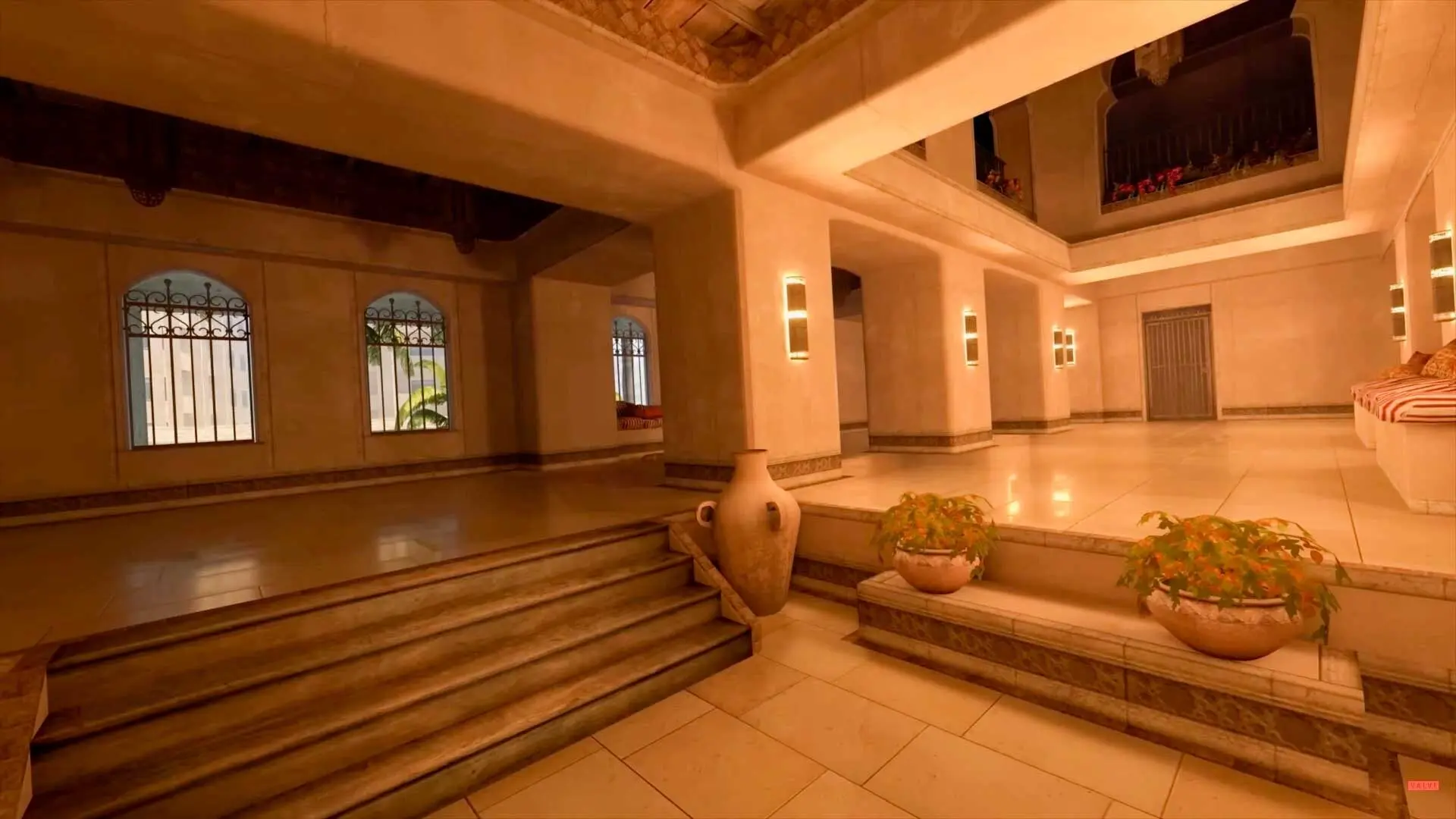
All maps are now available in CS2, what does it mean?
Poor Inferno players.
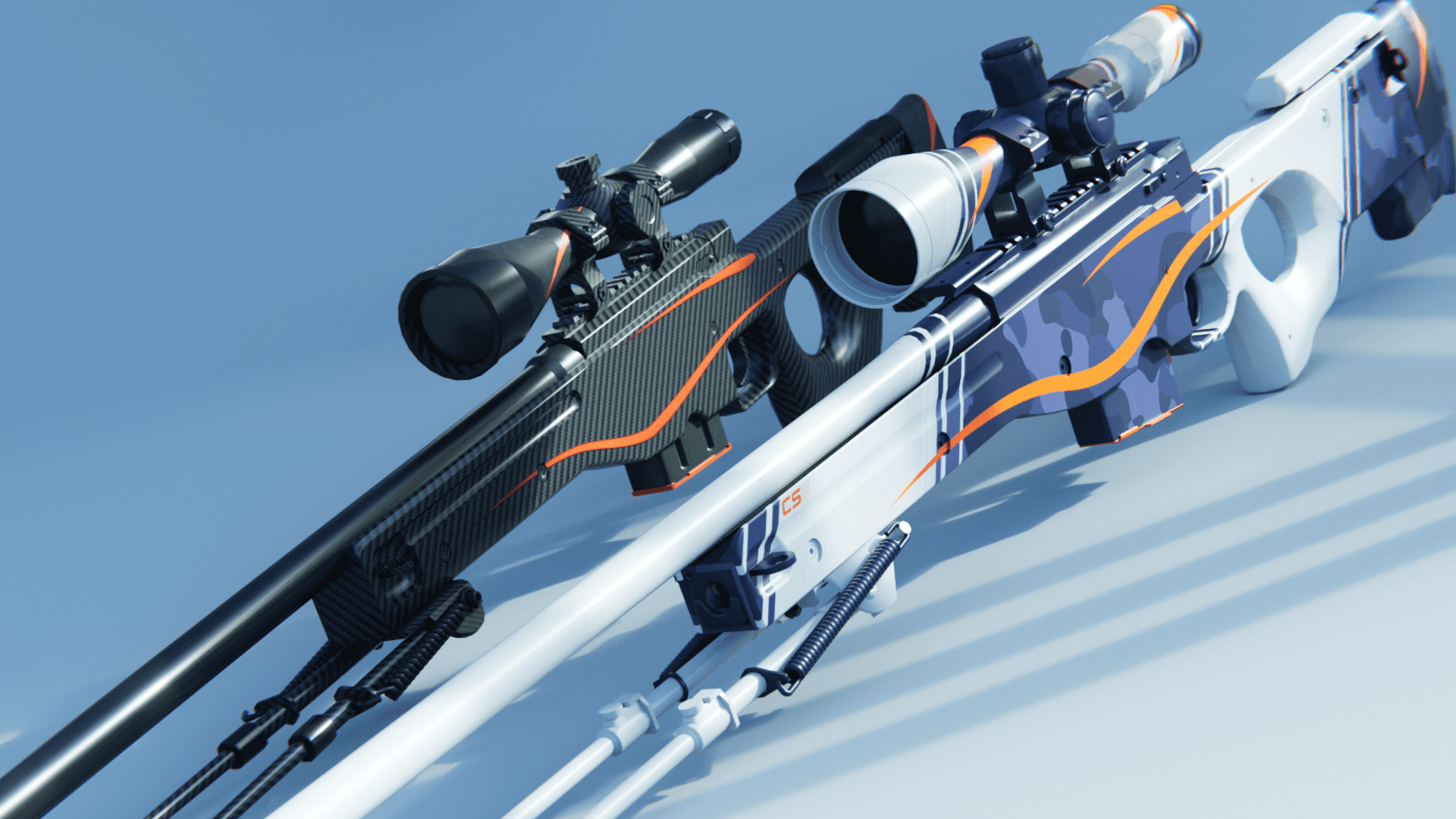
Redline creator reveals a sequel skin for CS2
Maybe call it the Orangeline?
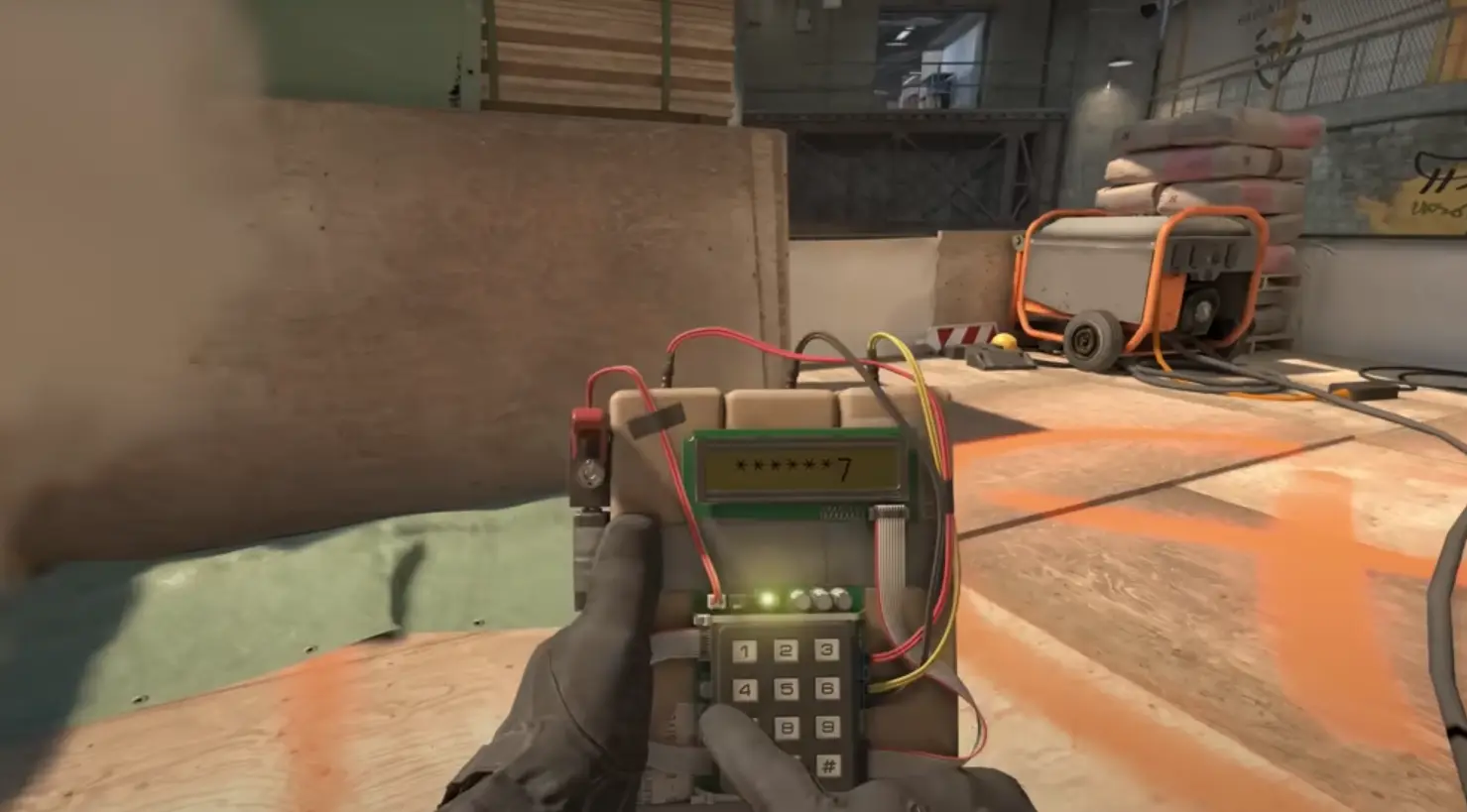
CS2 release date: Everything we know so far
Is it CS2-morrow? No, it is not.

